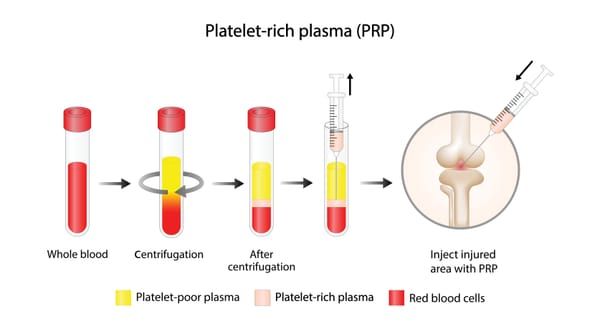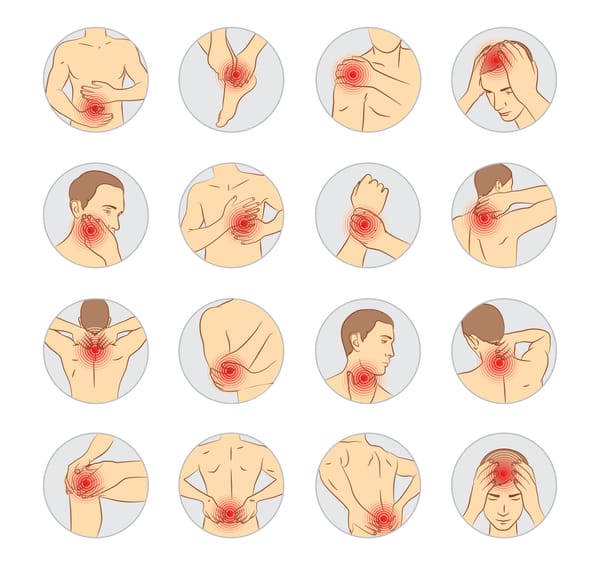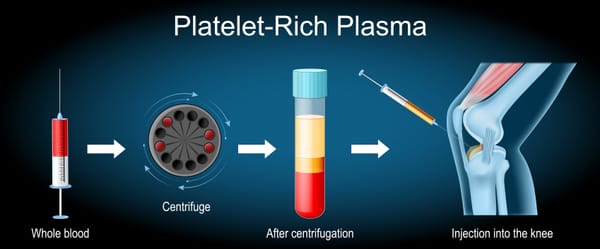Understanding PTSD: Breaking Down the Basics for Everyone

Post-Traumatic Stress Disorder (PTSD) is a term you’ve likely heard, whether in conversations, media, or stories about veterans and survivors. But what exactly is PTSD, and why does it matter?
Far from being just a “military issue,” PTSD can affect anyone who’s experienced trauma, and its impact can ripple through every part of life. In this blog post, we’ll unpack what PTSD is, its symptoms, causes, and treatment options in a way that’s clear and relatable for everyone.
What is PTSD?
PTSD is a mental health condition that can develop after someone experiences or witnesses a traumatic event—something overwhelming, frightening, or life-threatening. It’s the brain’s way of struggling to process and move past that trauma, leaving a person stuck in a heightened state of stress. While it’s often associated with combat veterans, PTSD can stem from events like car accidents, natural disasters, assault, abuse, or even sudden loss.
About 6-8% of people in the U.S. will experience PTSD at some point in their lives, with women being roughly twice as likely as men to develop it. It doesn’t discriminate by age, background, or circumstance, and it’s more common than many realize.
What Are the Symptoms of PTSD?
PTSD symptoms can feel like an unwelcome intruder, disrupting thoughts, emotions, and daily routines. They typically fall into four categories and often appear within three months of the trauma, though they can emerge later:
- Intrusive Memories:
- Flashbacks or reliving the event as if it’s happening again.
- Nightmares about the trauma.
- Unwanted, distressing memories that pop up out of nowhere.
- Avoidance:
- Steering clear of places, people, or activities that remind you of the trauma.
- Refusing to talk or think about what happened.
- Negative Changes in Thinking and Mood:
- Feeling detached from loved ones or struggling to feel positive emotions.
- Persistent guilt, shame, or self-blame.
- Seeing the world as dangerous or losing interest in things you once enjoyed.
- Hyperarousal (Feeling “On Edge”):
- Being easily startled or feeling constantly tense.
- Trouble sleeping or concentrating.
- Irritability or angry outbursts.
These symptoms can vary in intensity and may come and go. For some, they’re a daily struggle; for others, they flare up during stress or around trauma anniversaries. To be diagnosed with PTSD, symptoms typically need to last for at least a month and significantly interfere with daily life.
What Causes PTSD?
Not everyone who experiences trauma develops PTSD, and researchers are still learning why some people are more vulnerable. Trauma is the trigger, but factors like the severity of the event, personal history, and support systems play a role. Common causes include:
- Direct Trauma: Experiencing events like physical or sexual assault, serious accidents, or natural disasters.
- Witnessed Trauma: Seeing someone else harmed or killed, such as first responders witnessing tragedy.
- Indirect Trauma: Learning about a loved one’s traumatic experience, like a violent death.
- Repeated Exposure: Ongoing stress, such as childhood abuse or working in high-risk professions like policing or healthcare.
Risk factors include a history of mental health issues, lack of social support, or previous traumas. On the flip side, strong coping skills and a supportive network can lower the risk.
How is PTSD Diagnosed?
Diagnosing PTSD usually involves a mental health professional, like a psychologist or psychiatrist, assessing symptoms through interviews or questionnaires. They’ll look for the hallmark signs mentioned above and rule out other conditions, like anxiety disorders or depression, which can share similar symptoms. The process often includes discussing the traumatic event, but a good clinician will prioritize your comfort and pace.
Managing and Treating PTSD
The good news? PTSD is treatable, and many people find significant relief with the right approach. Treatment often combines therapy, lifestyle changes, and sometimes medication. Here’s what’s commonly recommended:
- Therapy:
- Cognitive Behavioral Therapy (CBT): Helps reframe negative thoughts and process the trauma. A specific type, Cognitive Processing Therapy (CPT), focuses on challenging distorted beliefs about the event.
- Eye Movement Desensitization and Reprocessing (EMDR): Uses guided eye movements to help the brain reprocess traumatic memories, reducing their emotional charge.
- Prolonged Exposure Therapy: Gradually exposes you to trauma-related memories or situations in a safe way to reduce avoidance.
- Medications:
- Antidepressants like SSRIs (e.g., sertraline or paroxetine) can help with mood, anxiety, and sleep.
- Anti-anxiety medications or sleep aids may be used short-term, but they’re less common due to dependency risks.
- Lifestyle Changes:
- Regular exercise, like walking or yoga, can reduce stress and improve mood.
- Mindfulness practices, such as meditation or deep breathing, help manage hyperarousal.
- Building a support network—through friends, family, or support groups—can make a big difference.
- Emerging Treatments:
- Stellate Ganglion Block (SGB): A procedure that involves injecting anesthetic into a nerve cluster in the neck to calm the “fight or flight” response. Early studies show promise for reducing PTSD symptoms, especially hyperarousal, though it’s still considered experimental.
- Psychedelic-Assisted Therapy: Research into MDMA or psilocybin-assisted therapy is showing potential, but these are not yet widely available.
Recovery looks different for everyone. Some people need months of treatment, while others benefit from ongoing support to manage symptoms.
Living with PTSD: A Personal Perspective
PTSD can feel isolating, like you’re carrying an invisible weight. You might feel misunderstood or struggle to explain why certain things trigger you. But you’re not alone, and your experiences are valid. Small steps—like reaching out to a trusted friend, joining an online community, or trying a new coping strategy—can pave the way forward.
It’s also okay to set boundaries. If certain conversations or environments feel overwhelming, give yourself permission to step back. Self-compassion is key, as is celebrating progress, no matter how small.
Why Awareness Matters
Misconceptions about PTSD—like it’s only for soldiers or a sign of weakness—can keep people from seeking help. Raising awareness helps normalize the condition and encourages early intervention. If you or someone you know is struggling, don’t wait to reach out. Resources like the National Center for PTSD (ptsd.va.gov) or local mental health hotlines can offer guidance.
PTSD is a human experience, not a flaw. By understanding it, we can foster empathy, reduce stigma, and support those who are healing. If you’re navigating PTSD, know that hope and help are out there—you don’t have to face it alone.
Disclaimer: This blog post is for informational purposes only and not a substitute for professional medical or mental health advice. Always consult a healthcare provider for diagnosis and treatment.



